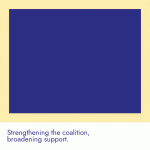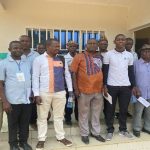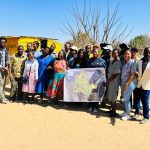Lusaka, Zambia, July 2014 – Customary lands in Zambia are under pressure from urban expansion, especially in the vicinity of Zambia’s capital city, Lusaka, with ribbon settlements sprawling along transport corridors leading in and out of the city. Land speculators and developers take over small villages in anticipation of land value increases in areas that used to be predominantly low value agricultural zones. Mungule ward, chiefdom in the Chibombo district in the periphery of Lusaka is one such area where the rights of community members, especially the poor women and youth are threatened by the ongoing urban sprawl.

The training participants. Photo: Cyprian Selebalo, UN-Habitat/GLTN
GLTN Partner, the Huairou Commission, has facilitated the partnering of the Zambia Homeless People Federation (ZHPF), the Katuba Women’s Associations, the People’s Process and Housing and Poverty in Zambia (PPHPZ) to work together towards documentation of land tenure issues to highlight possible disenfranchising of women and youth in land holdings in the Mungule Chiefdom brought about by these pressures on land.
UN-Habitat/GLTN, working with the Huairou Commission and Slum Dwellers International (SDI) undertook a training of community members on the use and application of the Social Tenure Domain Model (STDM) in a workshop held at the Sofi Lodge from 21 to 24 July 2014. The training participants included twenty one women from the Katuba Women’s Association and representatives from neighboring communities, eight men representing local council, federation leaders and the Katuba community. The training involved a review and refinements of the enumeration questionnaire to suit local conditions, training on data entry and mapping, and fieldwork on enumerations and mapping using handheld GPS. The training generated a lot of interest from the participants who felt the land tool would be instrumental in expounding land challenges and thereby support approaches for responding to these challenges.
The participants, led by local women, paid a courtesy call to the chieftainess seeking her concurrence on the project work. In addition the team briefed the headmen council about the work seeking support for implementation in the communities. The headmen and headwomen advised that another briefing session should be held where all the headmen, headwomen and other stakeholders will be present. A courtesy call was also made to the Zambian Surveyor General to brief him about STDM and the initiatives being started in Katuba. The Surveyor General expressed commitment to supporting the community in this initiative and his assistance in ensuring complementarity with local practice and other similar projects.






